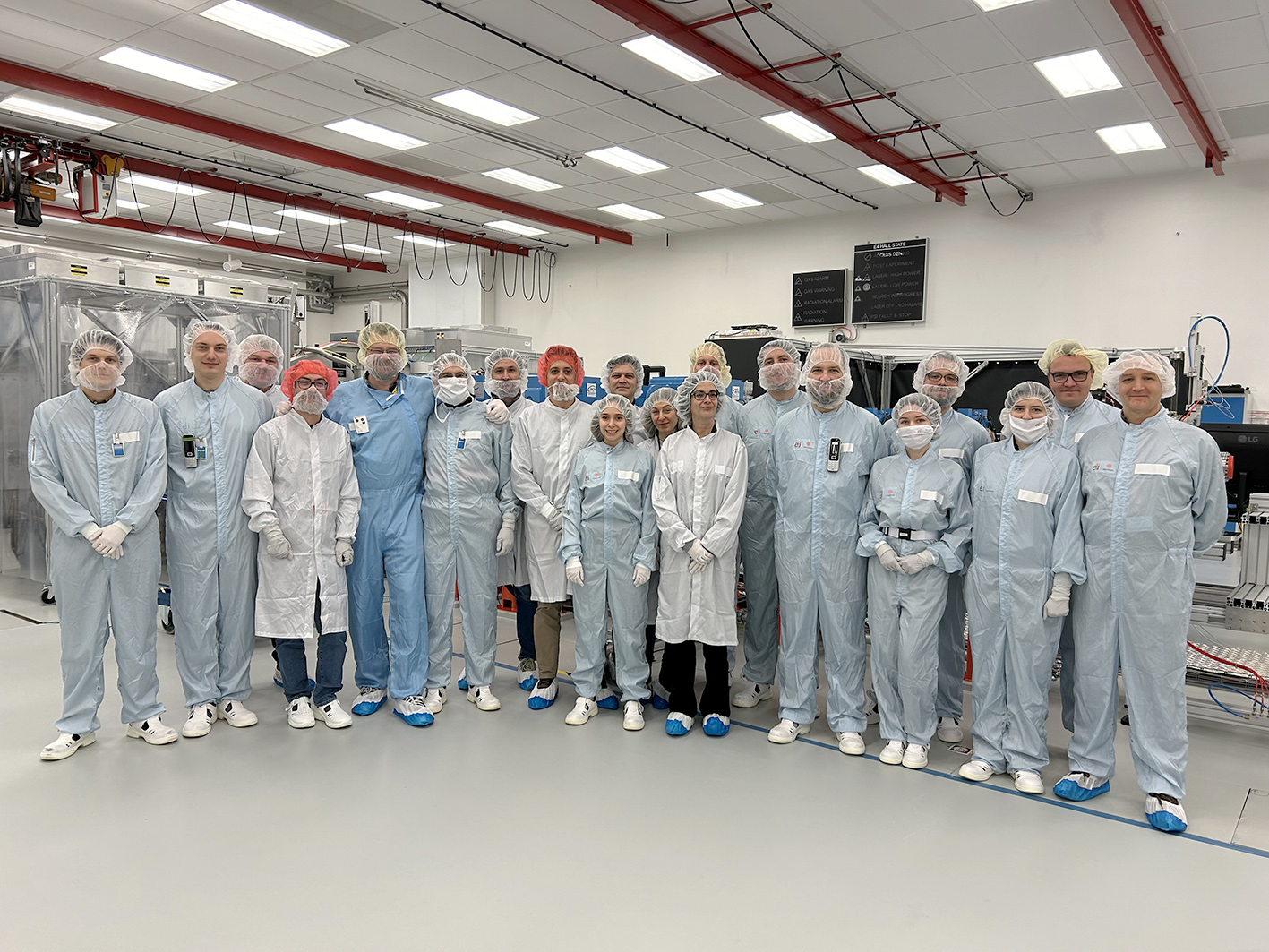A team of international scientists from Lawrence Livermore National Laboratory (LLNL), Fraunhofer Institute for Laser Technology ILT, and the Extreme Light Infrastructure (ELI) collaborated on an experiment to optimise high-intensity high-repetition rate laser technology using machine learning. The experiment represents a significant leap forward in the study, understanding, and practical application of high-intensity lasers.
“Our goal was to demonstrate robust diagnosis of laser-accelerated ions and electrons from solid targets at a high intensity and repetition rate,” explains Matthew Hill of LLNL, the lead researcher. “Supported by rapid feedback from a machine-learning optimisation algorithm to the laser front end, it was possible to maximise the total ion yield of the system.”
This collaborative effort and the utilisation of state-of-the-art laser technology coupled with machine learning techniques have opened new avenues for advancements in various fields such as medical therapy, materials science, and non-destructive analysis in the field of cultural heritage and archaeology.
Over 4000 shots fired during the campaign, which consistently exceeded laser intensities of 3x10^21 W/cm² onto solid targets, demonstrated optimization of ion yield above the nominal baseline performance. “The high quality and large volume of data that was produced and must now be worked with to explore the underlying physics validates the hard work of the entire team,” notes Hill.
The experiment took place at the ELI Beamlines Facility in the Czech Republic, where the researchers utilised the state-of-the-art High-Repetition-Rate Advanced Petawatt Laser System (L3-HAPLS) to generate protons in the ELIMAIA Laser-Plasma Ion accelerator. The L3-HAPLS laser is renowned for its laser performance repeatability, precision, beam quality, and the ability to generate intense laser pulses at a high repetition rate to drive the generation of secondary sources such as electrons, ions, and x-rays. The unprecedented shot-to-shot repeatability of L3-HAPLS allows scientists to focus on the understanding of laser-plasma interaction physics.
“By harnessing the HAPLS and pioneering machine learning techniques, we embarked on a remarkable endeavor to further comprehend the intricate physics of laser-plasma interactions,” adds Constantin Haefner, Managing Director of Fraunhofer ILT and Director of the Chair for Laser Technology LLT at RWTH Aachen University. “This collaborative effort serves as a testament to the strength of teamwork and technological advancements in pushing the boundaries of scientific knowledge together.”
Demonstrating the integration of machine learning between target diagnostics and the dispersion controls of a high-power, high-repetition-rate laser is a significant milestone both for the facility and the wider high energy density science community.
“The successful execution of such a complex experiment showcases the cutting-edge quality and reliability of the L3-HAPLS laser system,” says Bedrich Rus, Chief Laser Scientist at ELI Beamlines. Daniele Margarone, Director of Research and Operations of ELI Beamlines concludes, “With such experiments ELI demonstrates the readiness and ability to pushing the frontiers of knowledge. We at ELI are committed to enable transformative experiments that redefine what's possible in laser science and beyond.”
 Fraunhofer Institute for Laser Technology ILT
Fraunhofer Institute for Laser Technology ILT